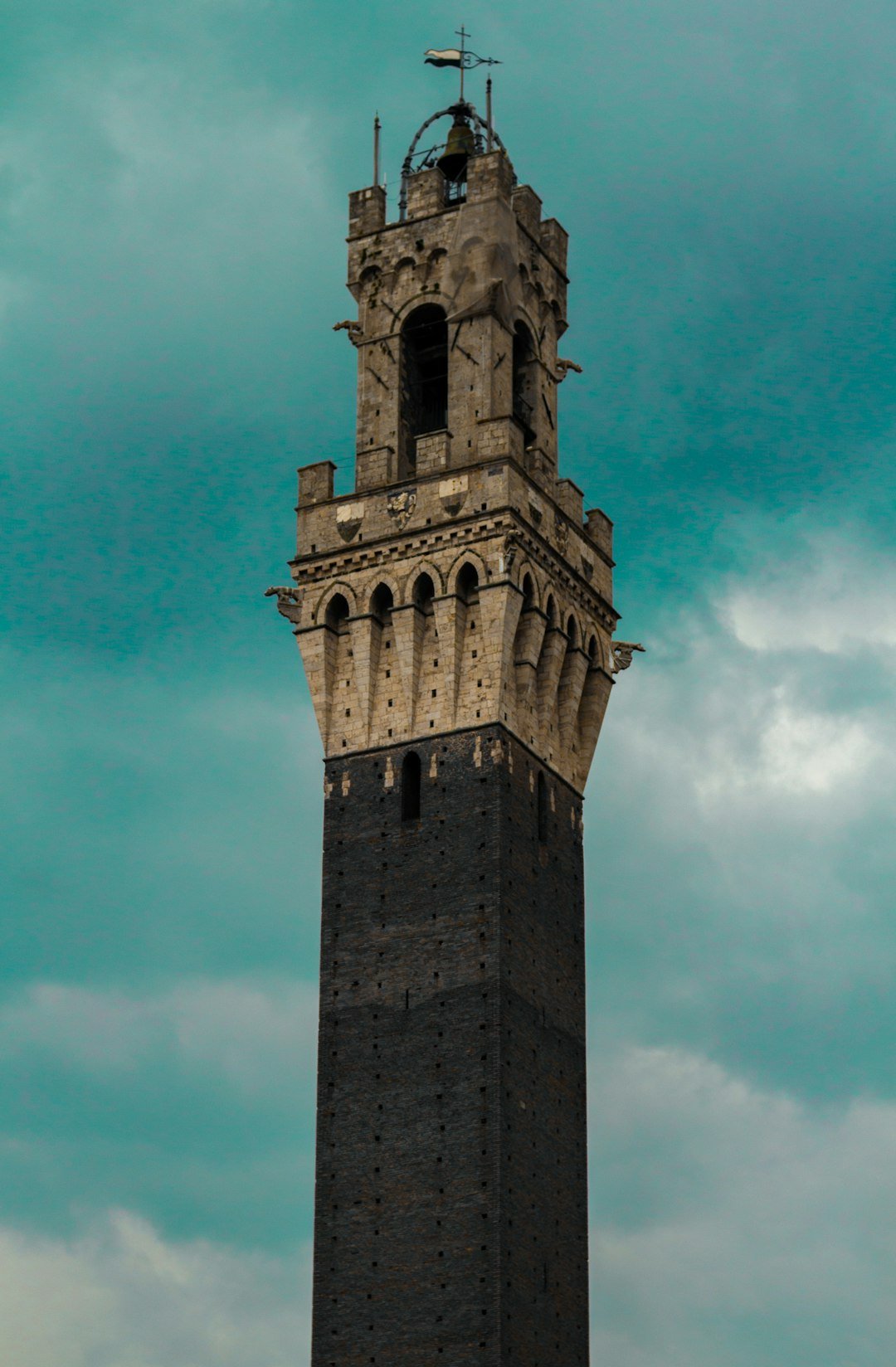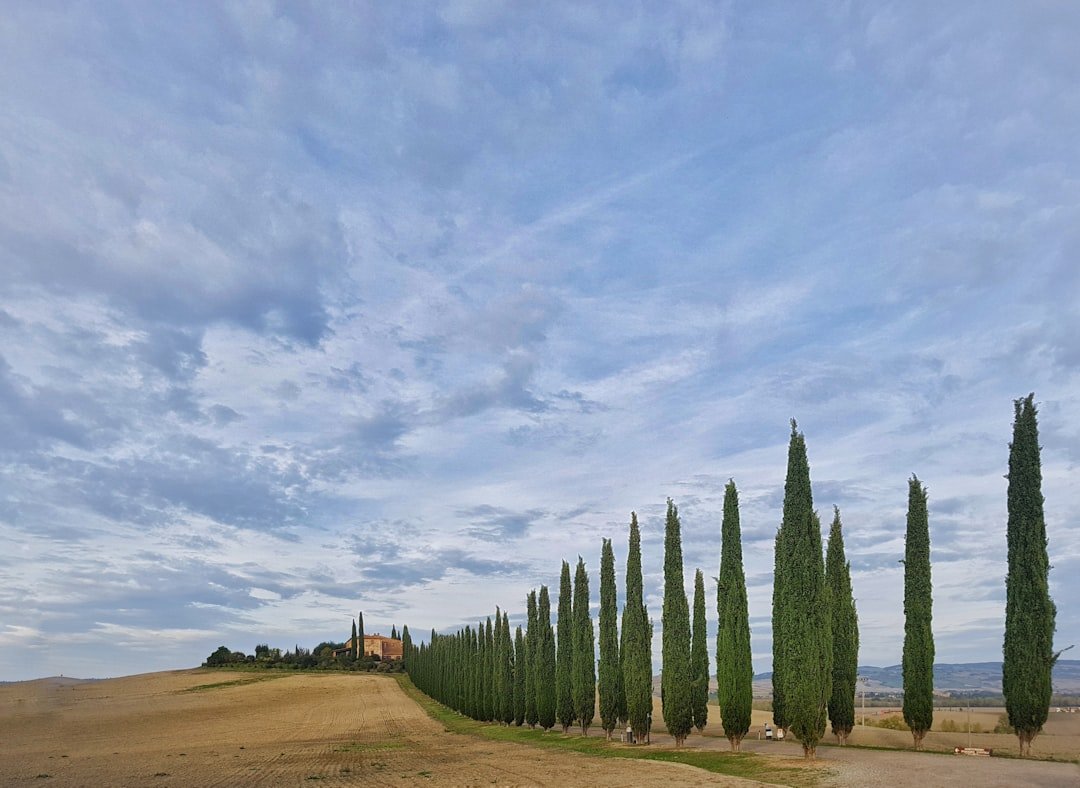What Historical Sites are a Must-Visit in Lucca?
Imbued with rich history and adorned with well-preserved architecture, the compact city of Lucca in Tuscany, Italy offers tourists a unique blend of medieval charm and vibrant contemporary culture. Each historical site is an integral part of the city’s tapestry, steeped in centuries of cultural transformations. Throughout its meandering, ancient lanes are a wealth of historical sites which every visitor should explore, each bearing witness to the city’s glorious past.
The Walls of Lucca
The recognizable Walls of Lucca form a perfect ring around the Old Town, characterizing the cityscape and safeguarding centuries of history within. The walls, without any significant changes, stand as they have since their completion in the 17th century.
About the Walls of Lucca
The walls stretch over 4 kilometers, equipped with eleven bastions, four main gates, and various secondary entries. Today, rather than a military stronghold, the wall’s top, lined with chestnut trees, serves as a popular pedestrian promenade, offering enchanting perspectives over the city.
Piazza dell’Anfiteatro
No visit to Lucca can be complete without stepping onto the elliptical Piazza dell’Anfiteatro. Originally a large Roman amphitheater built around 180 AD, the piazza is now hub of bustling cafes, charming boutiques, and vibrant eateries.
The History of Piazza dell’Anfiteatro
Once capable of housing nearly 10,000 spectators for gladiatorial contests, the ruins were incorporated into subsequent urban structures. Now, visitors can trace the remnants of the Roman foundation and the medieval structure that followed, while immersing in the blissful Italian lifestyle.
Cathedral of San Martino
The grand Cathedral of San Martino is an unavoidable part of Lucca’s historical landscape. The construction of this impressive cathedral started in the 13th century and it beautifully epitomizes Romanesque-Pisan architectural style.
Facts about Cathedral of San Martino
| Facts | Details |
|---|---|
| Location | Piazza Antelminelli, Lucca |
| Established | 6th Century |
| Architectural Style | Romanesque-Pisan |
Guinigi Tower
Defying architectural rules, the Guinigi Tower stands unique with a garden of Holm oak trees thriving on its top. Erected by the prestigious Guinigi family in the late 1300s as a display of their wealth and power, this towering structure offers an unsurpassed view of Lucca’s cityscape.
Visiting the Guinigi Tower
To reach the pinnacle of this 44-metre high tower, visitors must climb about 230 steps. But the effort is well rewarded with a panoramic view of endless terracotta rooftops, charming piazzas, and the encircling Walls of Lucca.
Conclusion
In conclusion, Lucca, with its noble walls, vibrant piazzas, sacred structures, and unconventional towers, is an exemplar of the rich and varied Italian heritage. Let every cobblestone you tread, every gelato you savour and every historical perspective you soak in, narrate the resounding story of Lucca’s grand past.
“`
Palazzo Pfanner
Among the historical sites that are a must-visit in Lucca, the Palazzo Pfanner deserves special mention. An outstanding specimen of the Baroque era, the Palazzo Pfanner is reckoned for its breathtaking beauty and grandeur. Inhabited by the Pfanner family during the 19th century, the castle boasts an enticing mixture of art, history, and botany. Its splendid garden adorned with statues representing deities and its frescoes along with the noble halls make Palazzo Pfanner a treasure trove for history enthusiasts.
| Address | via degli Asili, 33, 55100 Lucca LU, Italy |
|---|---|
| Highlights | Baroque architecture, Noble halls, Frescoes, Garden adorned with statues and floral variety |
Archaeological Remains under the Church of Saints Giovanni and Reparata
When in Lucca in the region of Tuscany, make sure you swing by the archaeological remains that lie underneath the Church of Saints Giovanni and Reparata. It is one of the most incredible finds that reveal insights into the city’s historical journey from Roman, early Christian, to medieval times.
Museo Nazionale di Palazzo Mansi
Another must-visit historic site in Lucca is the Museo Nazionale di Palazzo Mansi. Once the residence of the opulent Mansi family, this museum now houses an impressive collection of art, tapestry, costumes, and furniture from the 16th to 19th centuries, providing extensive exposure to the city’s cultural richness.
| Address | Via Galli Tassi, 43, 55100 Lucca LU, Italy |
|---|---|
| Highlights | Art, Tapestry, Costumes of the 16th to 19th centuries, 18th-century furnished rooms, Mansi apartments |
Tour of Lucca’s Walls
The tour of Lucca’s Walls cannot be missed when visiting this charming Tuscan city. These well-preserved Renaissance walls are unique in Italy as they demonstrate the transition from defensive structures to green public spaces. A stroll on the 4-kilometers long walls provides an architectural feast and views of greenery and rooftops that can transport any traveler in time.
| Address | Piazzale Verdi, 55100 Lucca LU, Italy |
|---|---|
| Highlights | Well-preserved walls, Stunning views of Lucca, Green spaces |
Let your heart be captivated by the remarkable historic sites that the city has to offer, causing you to fall in love with the grandeur and beauty of Lucca in Tuscany.







































